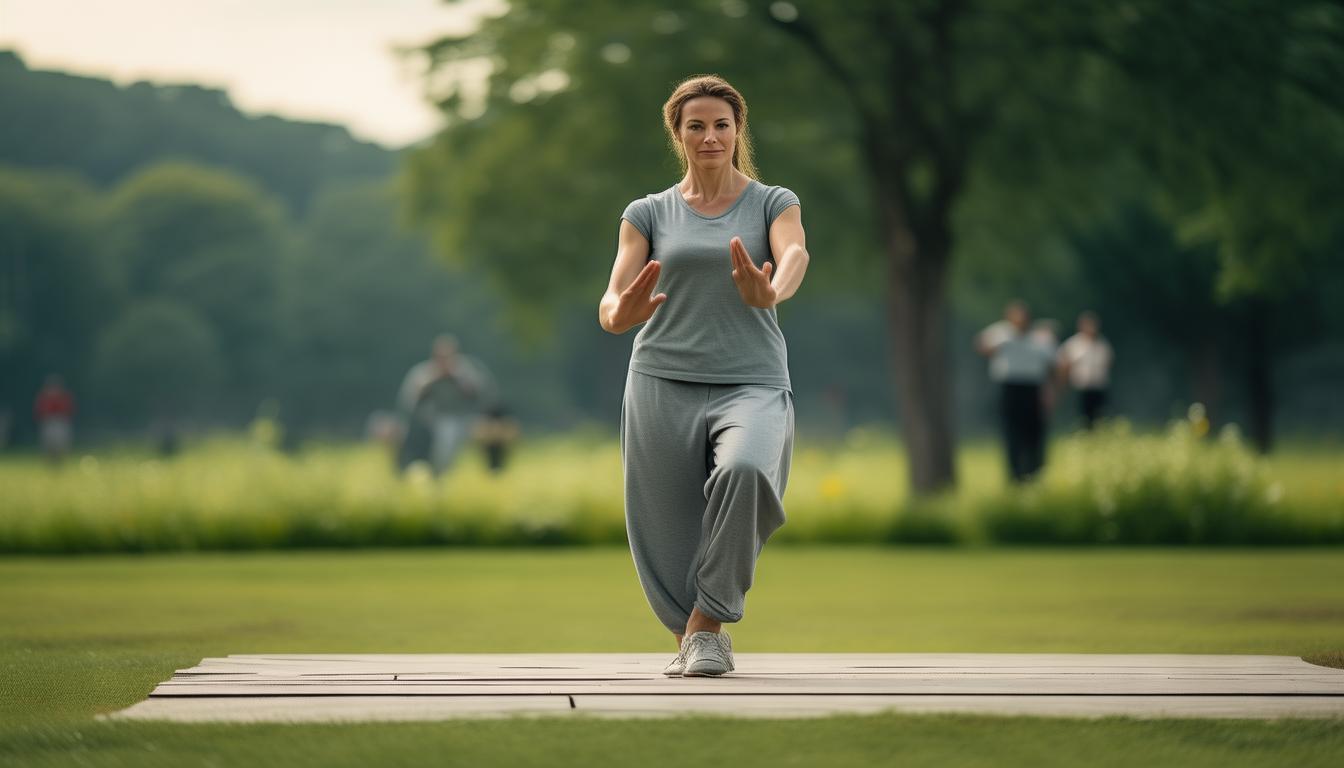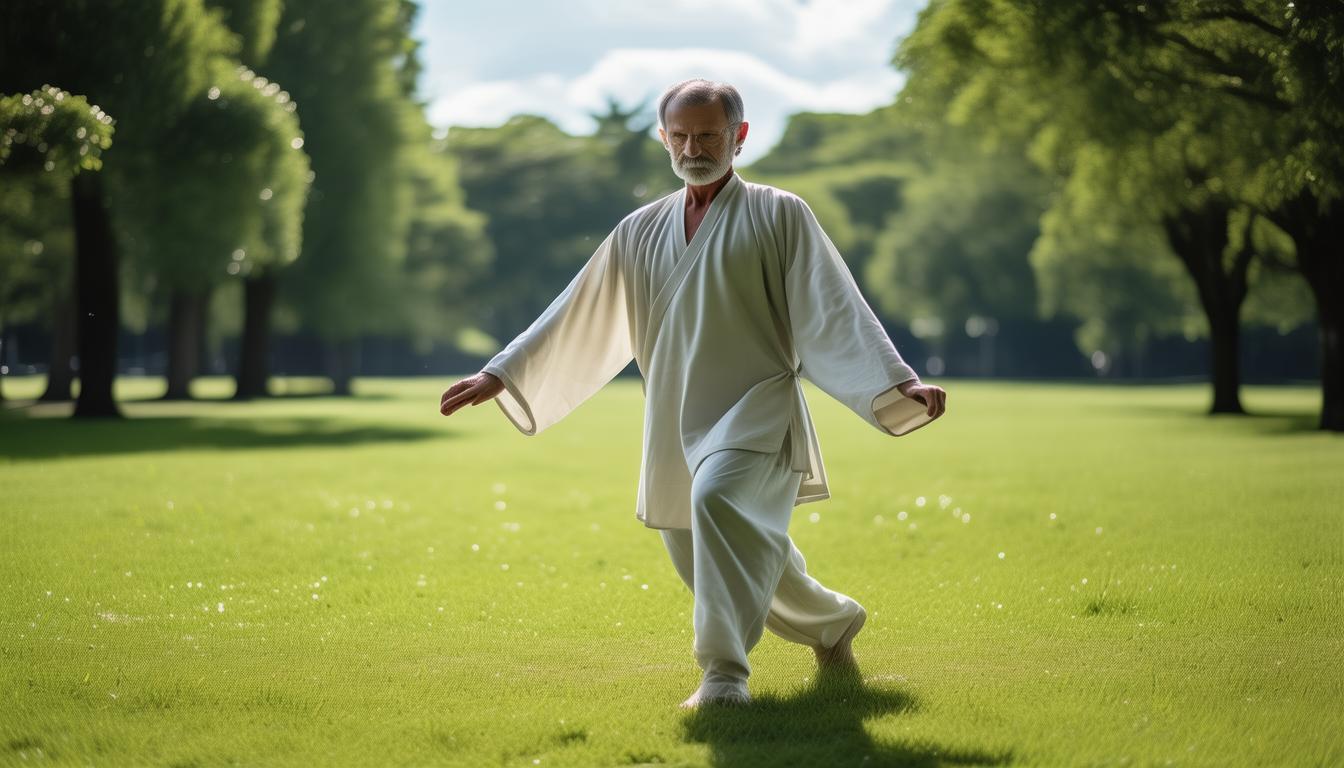Tai chi is a gentle matial art that offers many benefits for rehabilitation. Its slow, flowing movements can improve balance, flexibility, and strength. It's particularly useful for those recovering from injuries or dealing with chronic pain.
Benefits for Joint Health
When it comes to joint health, tai chi is a real gem. The smooth movements don't put excessive stress on the joints, unlike high – impact exercises. For people with arthritis or joint injuries,it allows them to move their joints in a safe Tai Chi And Diabetes Courses Online , controlled way. I've seen patients whose mobility improved significantly after a few months of regular tai chi practice.
Moreover, the weight – bearing nature of some tai chi stances helps strengthen the bones around the joints. This can prevent further deterioration and promote better overall joint function. It's like a silent healer, working its magic on those achy joints.
Enhancing Balance
Balance is a crucial aspect of daily life,especially for the elderly or those recovering from a fall. Tai chi's focus on core strength and body alignment enhances balance. By standing on one leg and shifting weight slowly Tai Chi For Diabetes , practicers train their body to stay stable.

I remember a client who was afraid to walk on uneven surfaces. After starting tai chi, her confidence improved. The stability training in tai chi gives people the ability to react better to sudden changes in position, reducing the risk of falls. It's a powerful tool for preventing injuries and increasing independence.
Stress Reduction
Rehabilitation can be stressful, both physically and mentally. Tai chi acts as a stress buster. The deep breathing and concentration required in tai chi help calm the mind. It allows people to be present in the moment and forget about their worries.
I've had many patients tell me that tai chi was like a mini – vacation from their pain and stress. The rhythmic movements create a sense of peace and tranquility. It's not just a physical activity; it's a mental escape that promotes emotional well – being during the rehabilitation process.
Improving Muscle Strength
Building muscle strength is vital during rehabilitation. Tai chi uses isometric contracts, which means the muscles are engaged without large – scale movement. This is great for people who are restricted in their mobility.

As the muscles get stronger, they provide better support for the joints and the spine. For those with back or neck problems, the strengthened muscles can alleviate pain. It's a graduate process,but with consistent practice tai chi for rehabilitation , the results are truly remarkable.
Community and Motivation
Joining a tai chi class for rehabilitation provides a sense of community. People can share their experiences and support each other. The group setting also adds an element of motivation.
I've seen individuals who were initially reluctant to exercise become regular practicers because of the positive atmosphere in the class. The encouragement from peers makes the rehabilitation journey more enjoyable. It's like having a team cheering you on every step of the way.
Do you think tai chi could be a game – changer in your own rehabilitation process?


